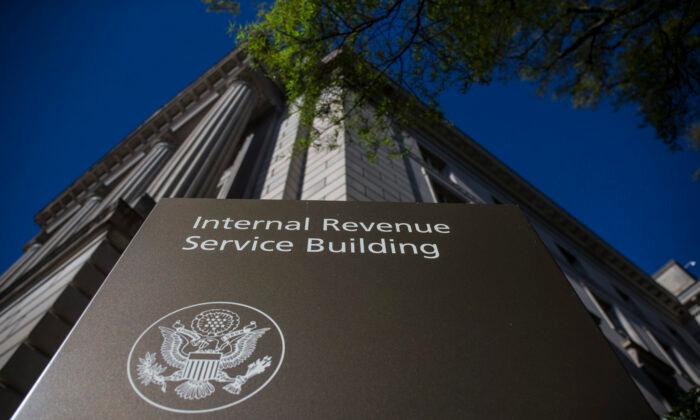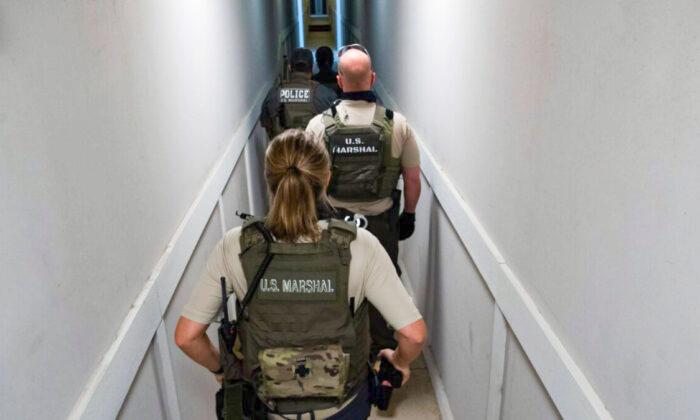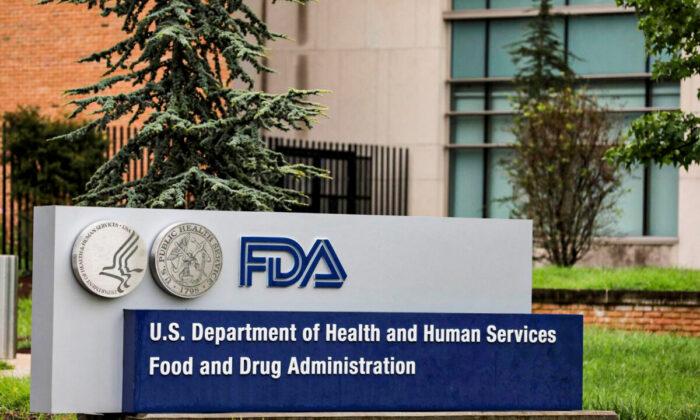The Treasury Department’s Internal Revenue Service (IRS) this week began sending about 8 million of the $600 payments approved as part of the latest COVID-19 relief package as prepaid debt cards with clearer identification than last year.
“IRS and Treasury urge eligible people who don’t receive a direct deposit to watch their mail carefully during this period,” IRS said in a statement.
“The prepaid debit card, called the Economic Impact Payment card, is sponsored by the Bureau of the Fiscal Service and is issued by Treasury’s financial agent, MetaBank, N.A.” it said. “The IRS does not determine who receives a prepaid debit card.”
The payments will be sent in white envelopes bearing the Treasury department’s seal. The front of the cards will state that they are Visa debit cards, and MetaBank, N.A. will be displayed on the back, the Treasury said.
The changes to how the government will deliver the cards follows complaints last year that some people threw away them away, thinking that they were scams. Last spring, prepaid debit cards were delivered in plain envelopes with no mention of the Treasury or the IRS.
Some individuals who received a $1,200 stimulus payment in the form of a paper check in Spring 2020 may receive a prepaid debit card this time round, and vice versa, the IRS said. All eligible recipients across 50 states and the District of Colombia are being sent the debit cards, the agency said.
The cards can be used to make purchases online or in stores anywhere that Visa debit cards are accepted. People can also withdraw cash from in-network ATMs or transfer the funds to personal bank accounts. Replacement cards can also be obtained without fees, the department said.
Congressional leaders in December reached a deal on a new COVID-19 relief package after months of negotiations. It includes the $600 payments for taxpayers; half of the $1,200 checks provided under the Coronavirus Aid, Relief, and Economic Security Act (CARES Act) passed in March.
Those with an adjusted gross income for 2019 up to $75,000 for individuals and up to $150,000 for married couples filing joint returns and surviving spouses, will receive the full amount of the second payment. The payment amount is reduced by $5 for every $100 earned above the income threshold, the IRS said, meaning that individuals earning more than $87,000, or couples earning more than $174,000 will get nothing.
Individuals who do not receive a payment can recover it on their 2020 tax return, the agency said.





